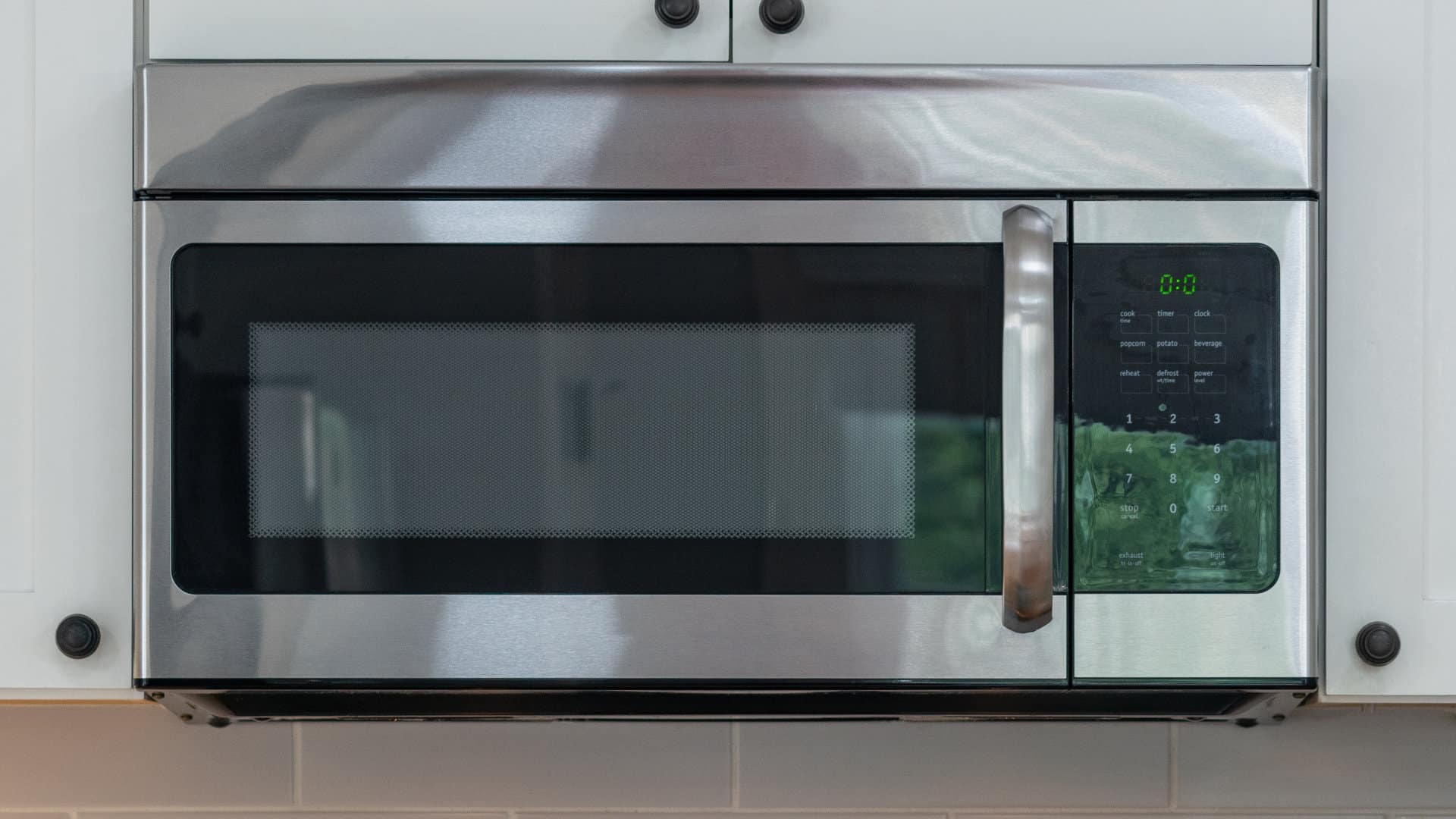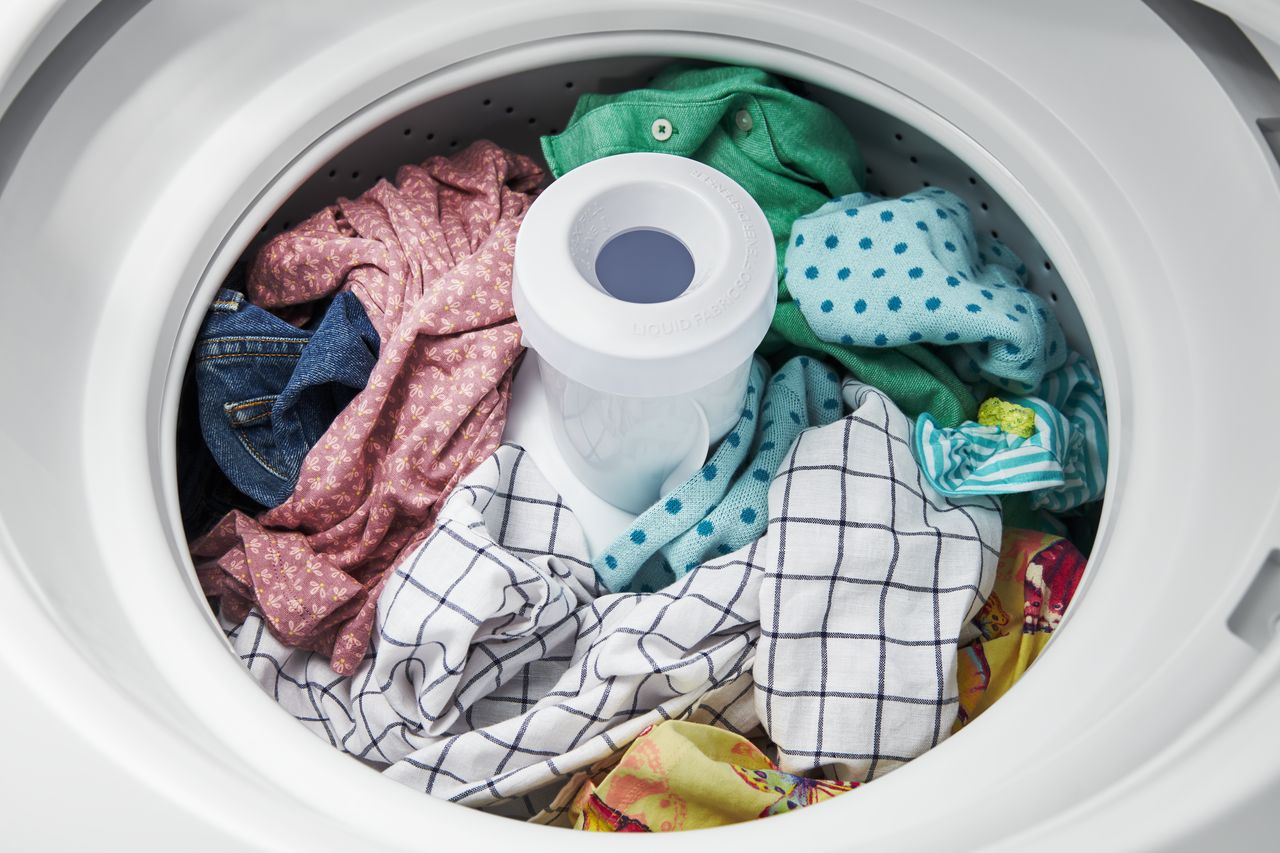
Front-loading washers are more susceptible to leaks than their top-loading counterparts. If you have a leak at the front of your machine, there’s a lot of different parts that could be at fault. Once you know the leak isn’t coming from a drain seal, check the dispenser seal. This rubber ring sits between the dispenser fitting and the dispenser tube that connects to the washer tub. If this part is broken, order replacement part #WH41X10119 for a new GE washer dispenser seal. Then follow these five steps.
1. Unplug the washer.
Whenever you’re making a repair to an appliance, especially if you have to dismantle the machine, unplug it first. This keeps you and the appliance safe.
2. Disassemble the washer.
The dispenser seal is behind the front access panel. But there are a lot of parts you have to remove before you can detach that panel. Follow these instructions to do it
Now you can remove the top access panel. Remove the screws along the back and back of the panel. Slide it toward the rear of the machine and out of the front lip. Also, remove the front trim by releasing it from the locking tabs. Pull the top panel free and set it aside.
Next, remove the detergent drawer. Open and depress the locking tab in the back, and set the drawer side. Then remove the screw in the housing. This loosens the control panel
Remove the front access panel. Loosen the screws and the bottom of the lower access panel, and then set it aside
3. Remove the old dispenser seal.
Locate the dispenser tube in the top left corner. This is the white plastic tube that runs from the corner to the tub Remove the end at the top corner by hand by depressing the tab at the bottom and pulling it out. Shift it out of the way. Pull off the black dispenser seal that is revealed.
4. Install the new dispenser seal.
Push the new dispenser seal around the dispenser fitting. Stretch it so it fits smoothly around the outer edge of the fitting and sits smoothly in place. Make sure the part is right up against the edge of the fitting but doesn’t hang over it.Then grab the top corner of the white dispenser tube. Shift it over and press the opening over the new seal. Make sure the tube is oriented so the bottom of the tub clicks into the lock.
5. Reassemble the washer.
Replace the upper front access panel first. Make sure it hangs onto mounting tabs on the sides, but don’t let the tabs support the weight. Hold it as you resecure the six screws at the top and bottom.
Next, reassemble the door. Reach behind the right side of the seal and push the door switch mechanism through the cutout. Replace the two screws to secure it in place, and push the boot seal back into the groove around the edge of the door. Make sure it’s securely in place and doesn’t have wrinkles or loose spots. After that, reattach the clamp. Orient the spring at the bottom and run the clamp wire under the boot seal, working clockwise. Go as far around the tub as you can by hand. Once the seal is too tight, you need to stretch the clamp. Do this by grabbing the right side of the spring with pliers and stretching it out. Then finish pressing the clamp in place around the rest of the circle. Make sure the clamp isn’t pinching the boot seal, and press the final edge of the seal into place in the outermost lip around the clamp. Carefully tug on the boot seal to make sure it doesn’t shift. Then you can shut the door
Put the trim back at the front of the top panel by pressing the three locking tabs into the cutouts. Press it firmly in place and then slide the top access panel fully into position. Retighten all six screws. Push the washer back into position against the wall and plug it in to start a leak-free cycle
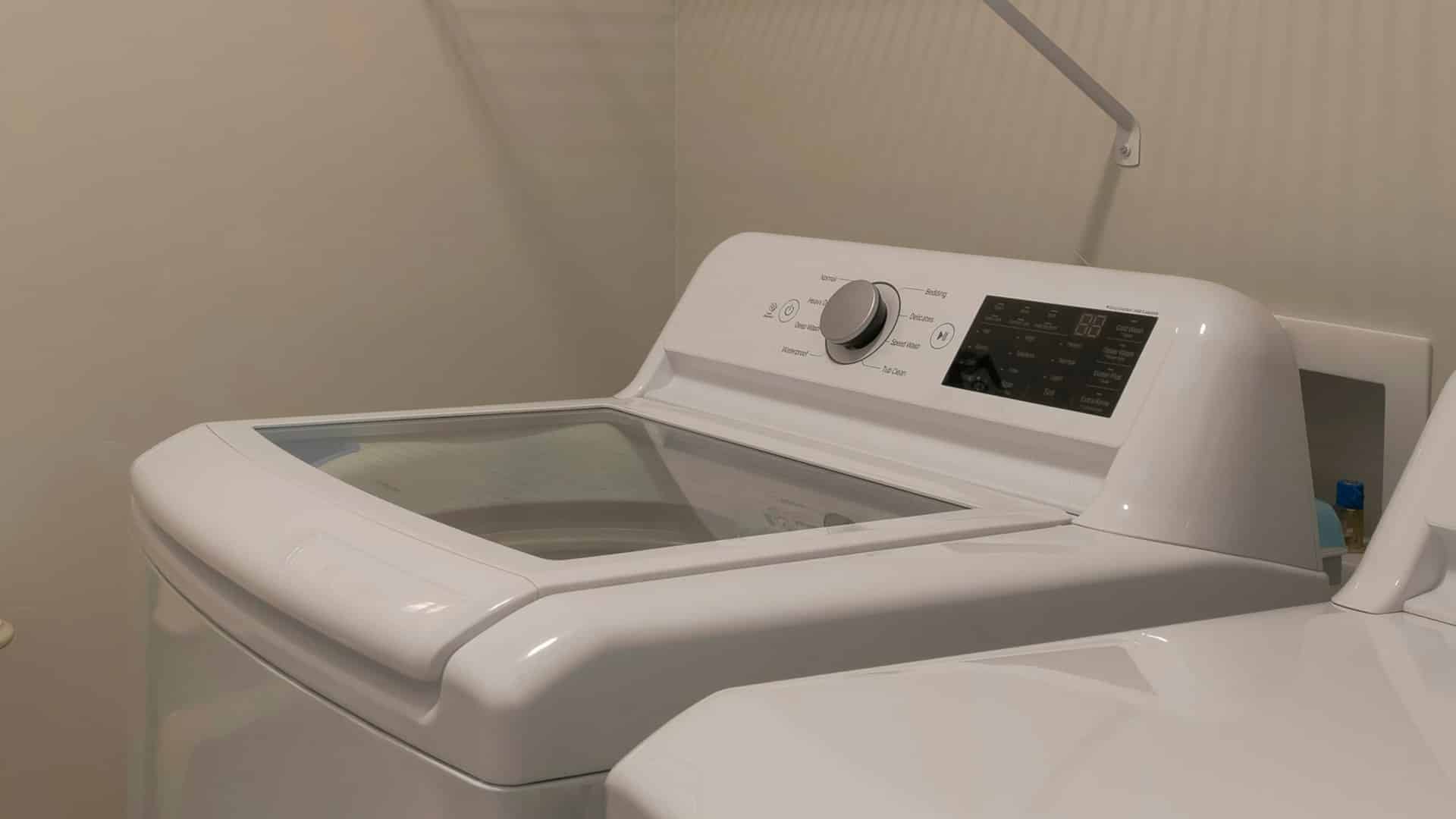
GE Washer Not Spinning? Here’s The Fix!
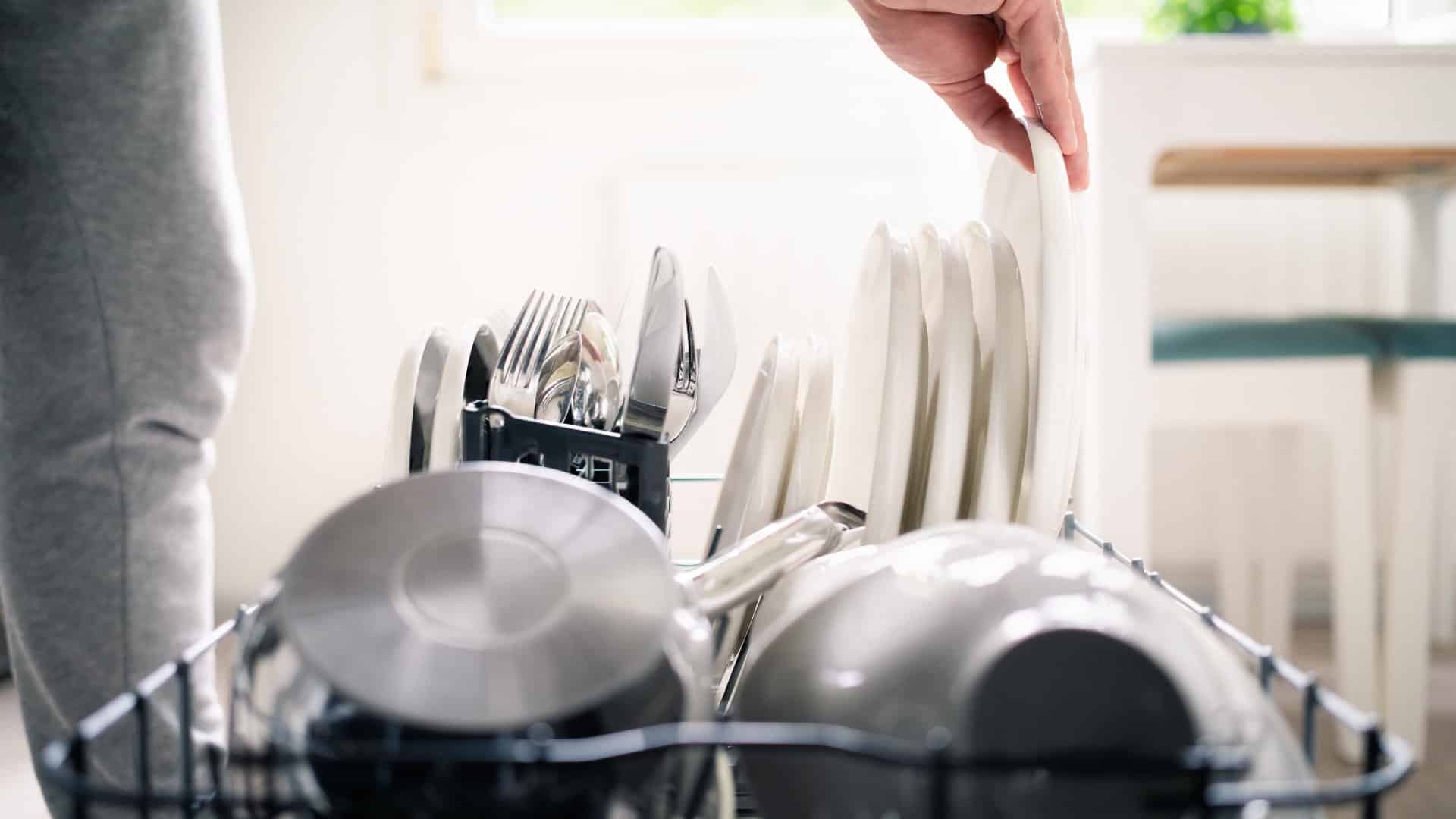
How to Restore Power to Your GE Dishwasher
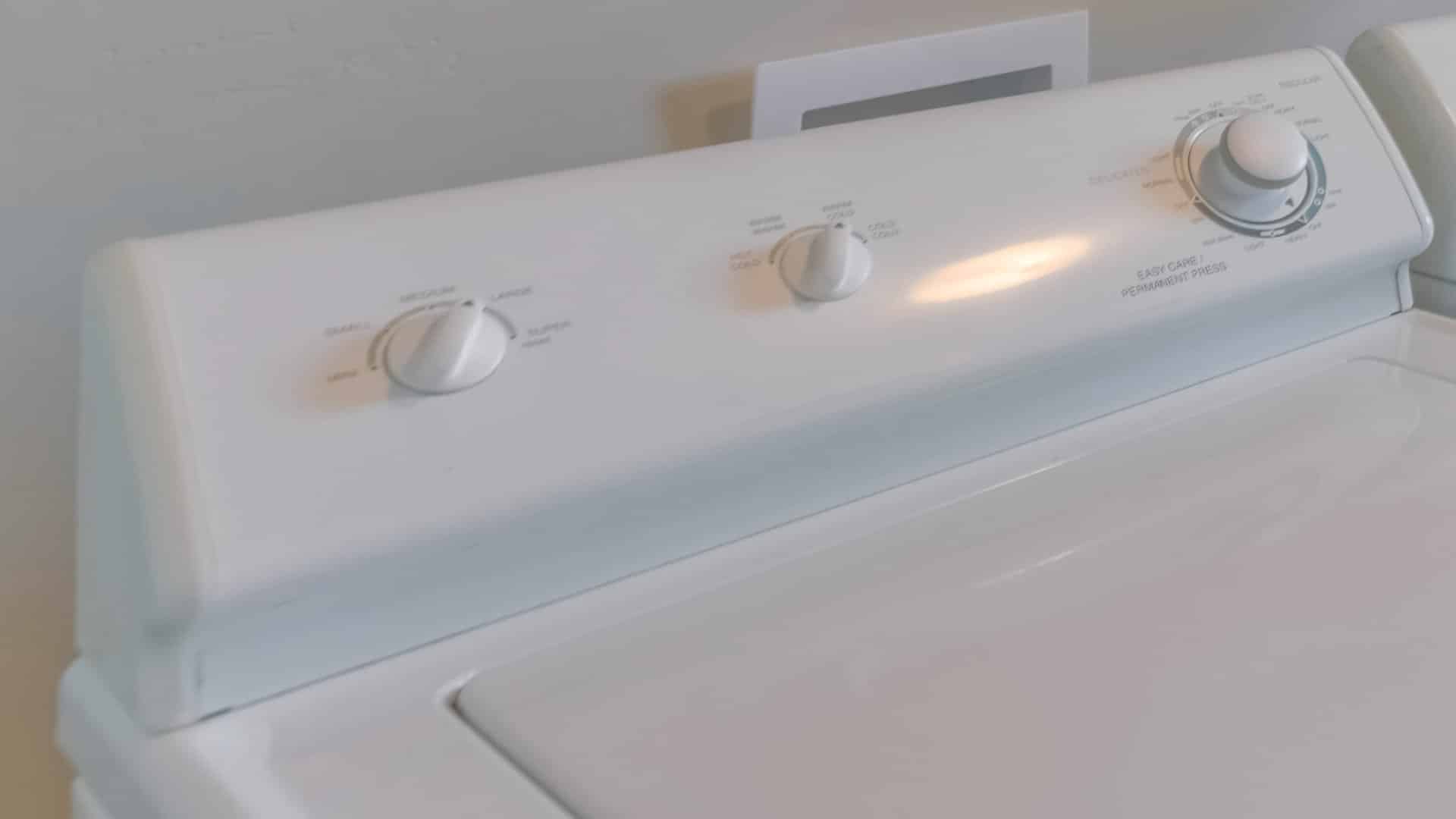
How To Reset Your GE Washer Top Loader
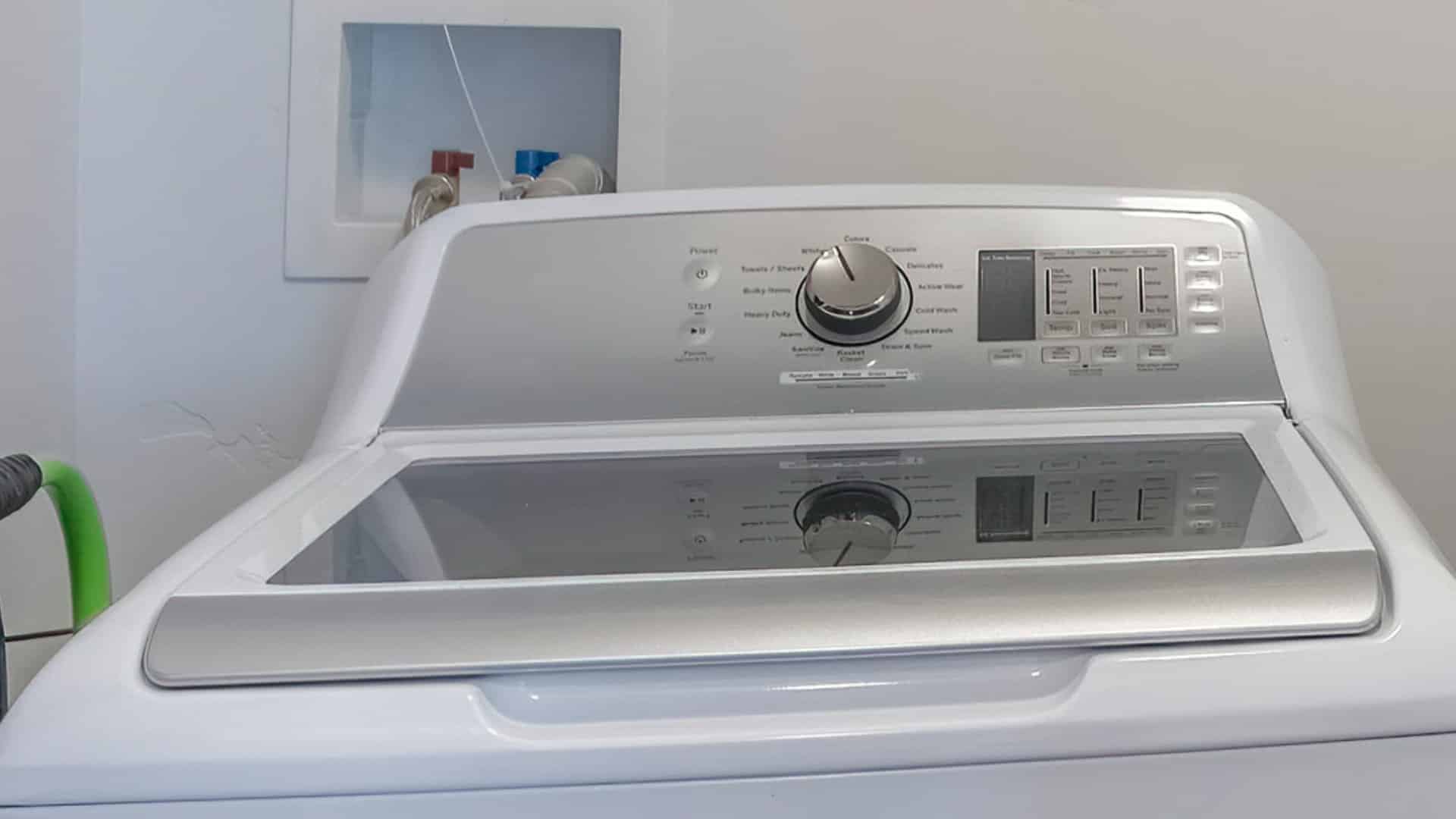
Understanding Whirlpool Washer Error Codes

JennAir Ice Maker Not Working? Here’s What to Do
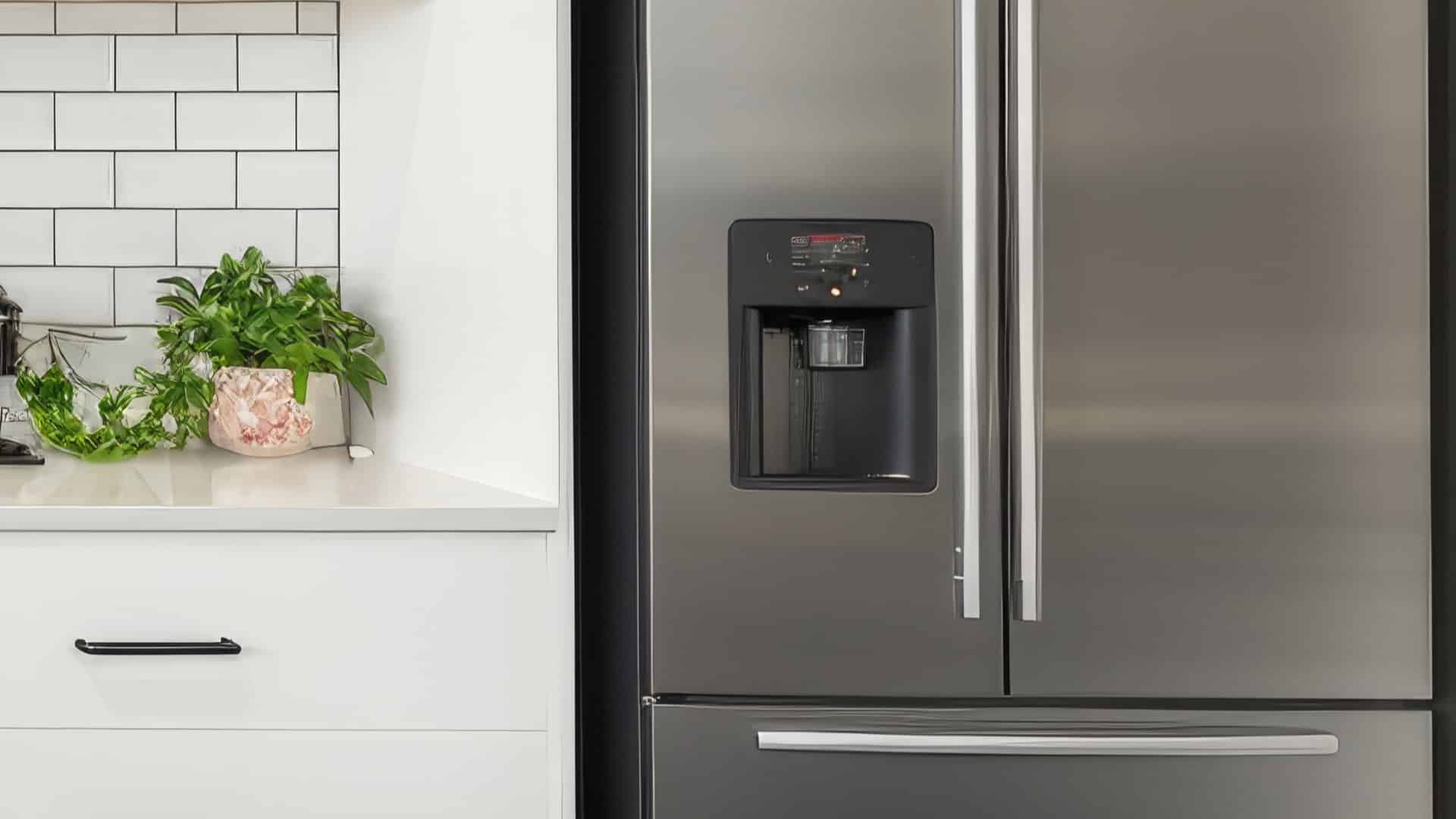
What to Do If Your LG Fridge Isn’t Cooling

Propane vs. Natural Gas Stove: What’s Best?

How Hot Does a Dryer Get?
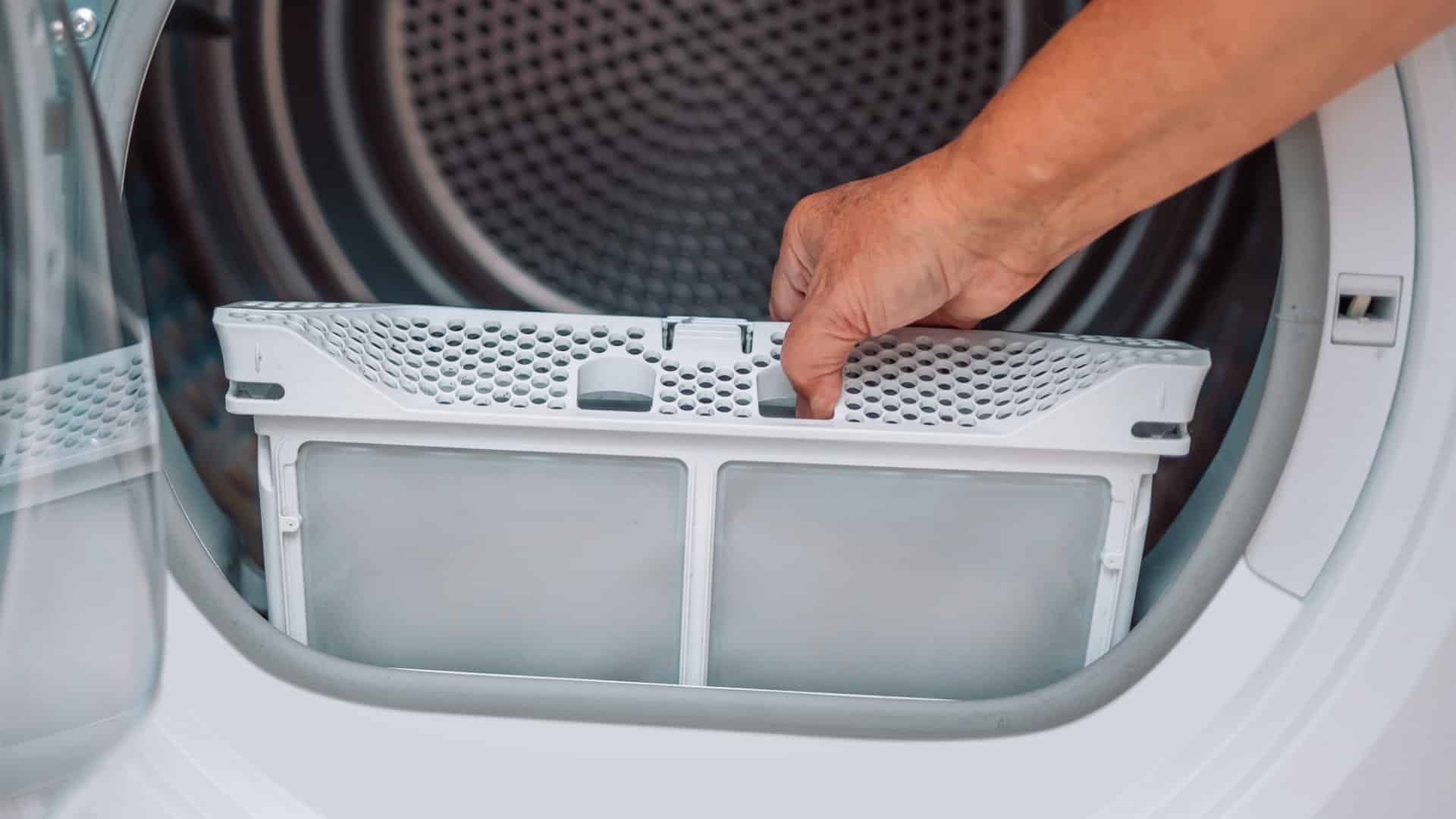
LG Dryer Flow Sense: Everything You Need to Know
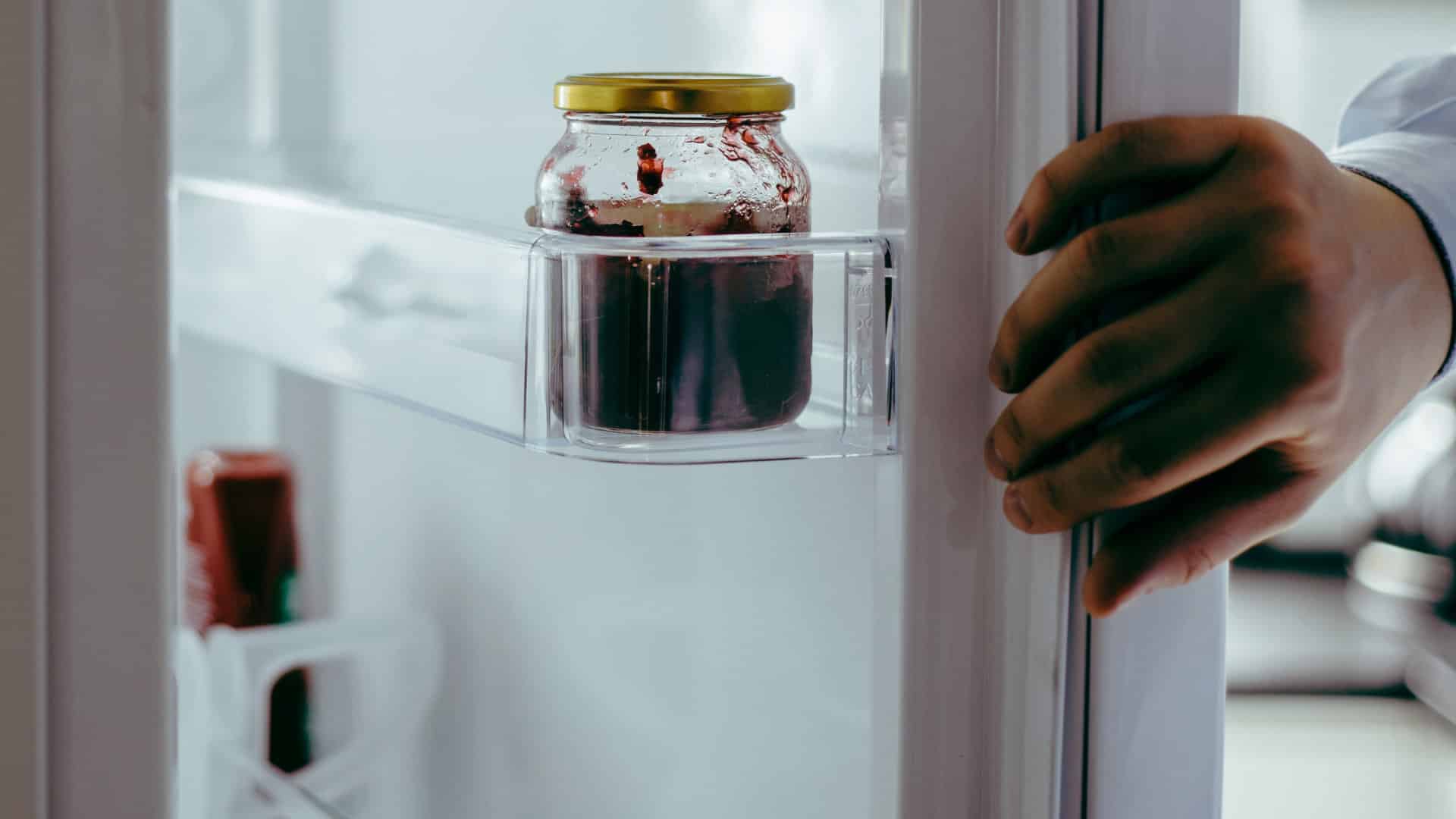
What to Do When Your Freezer Is Not Freezing but the Fridge Is Cold
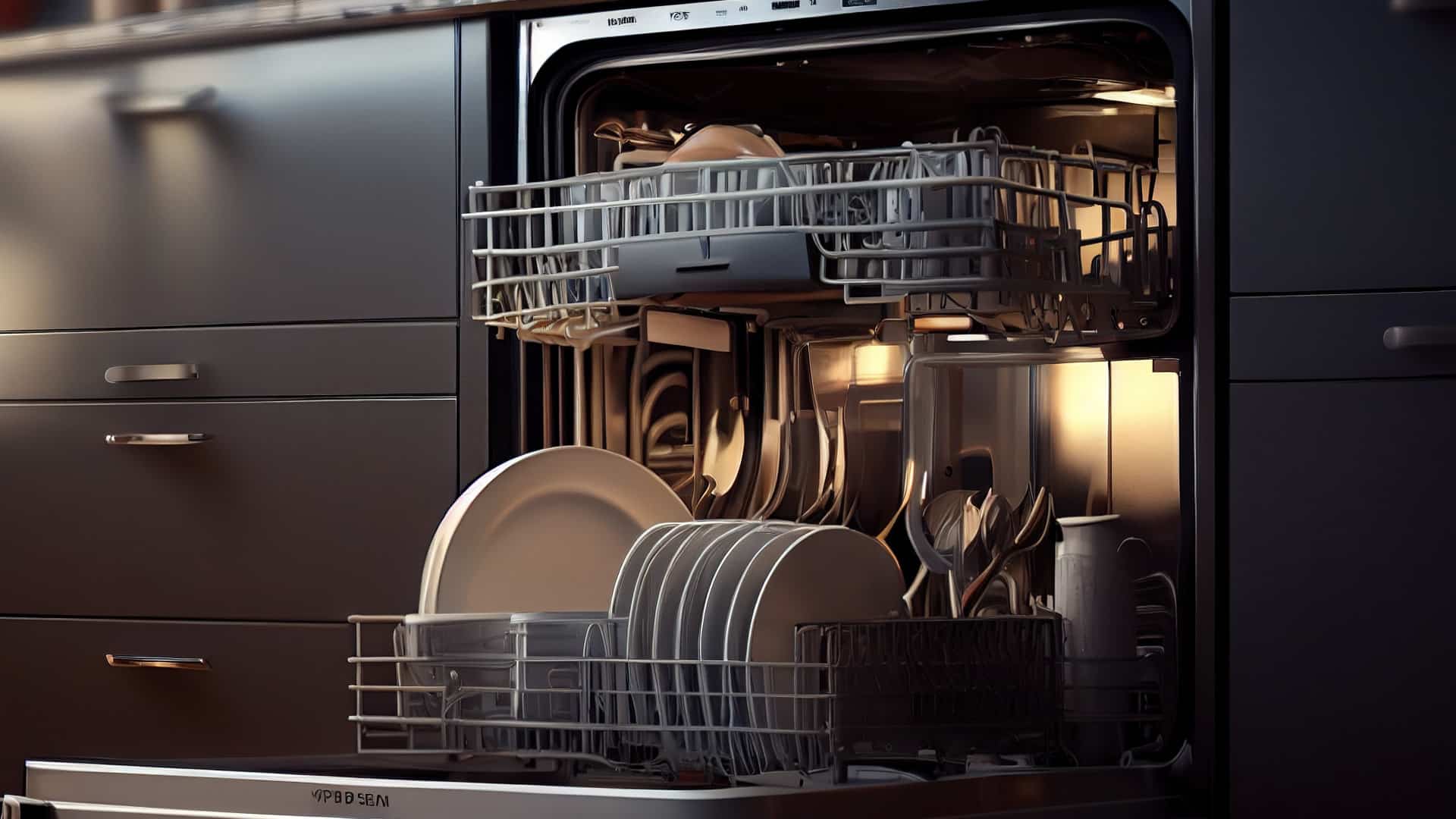
How to Solve Maytag Dishwasher Showing Error F9E1
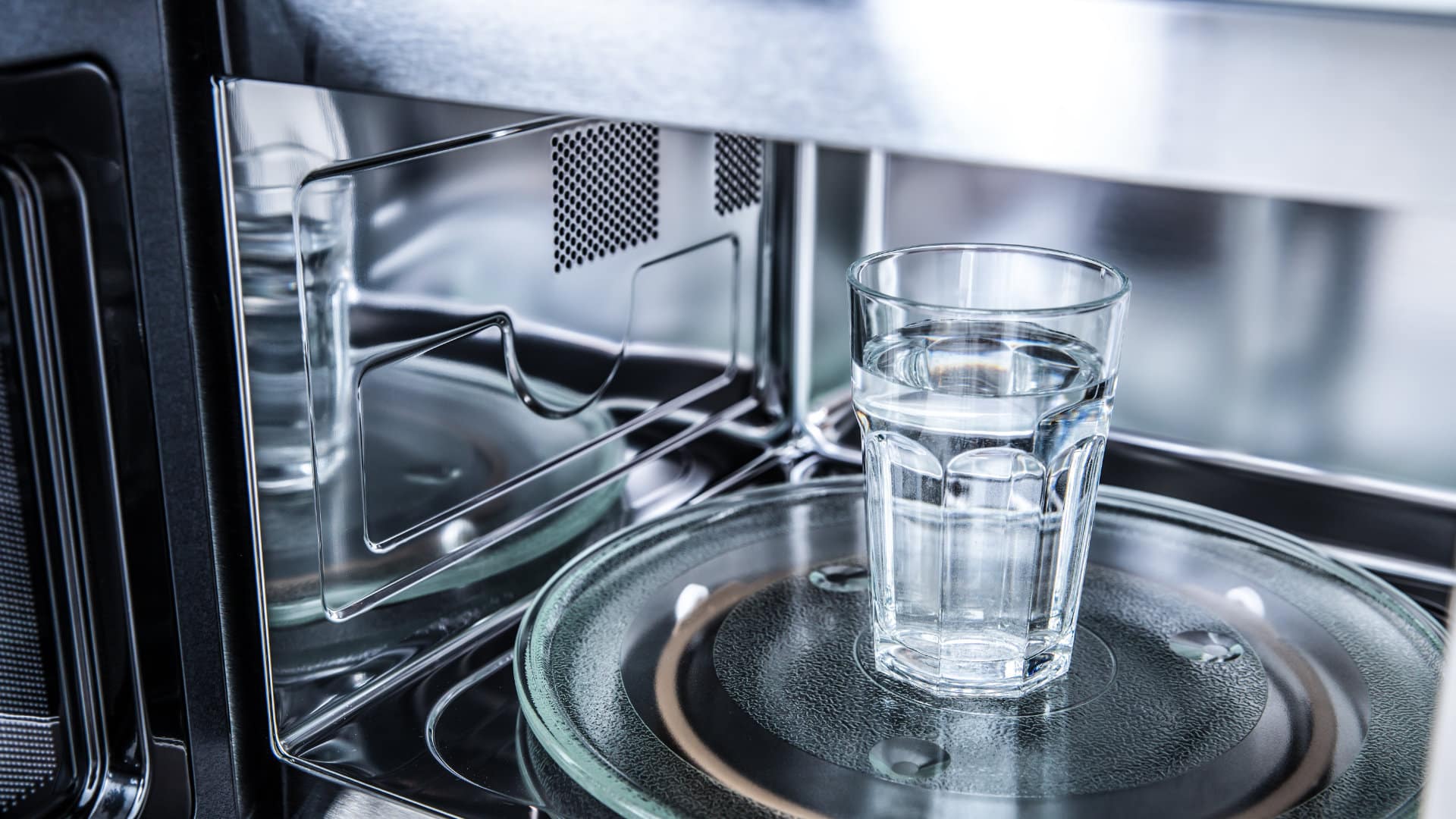
When Is a Microwave Unsafe to Use? (Warning Signs to Look For)
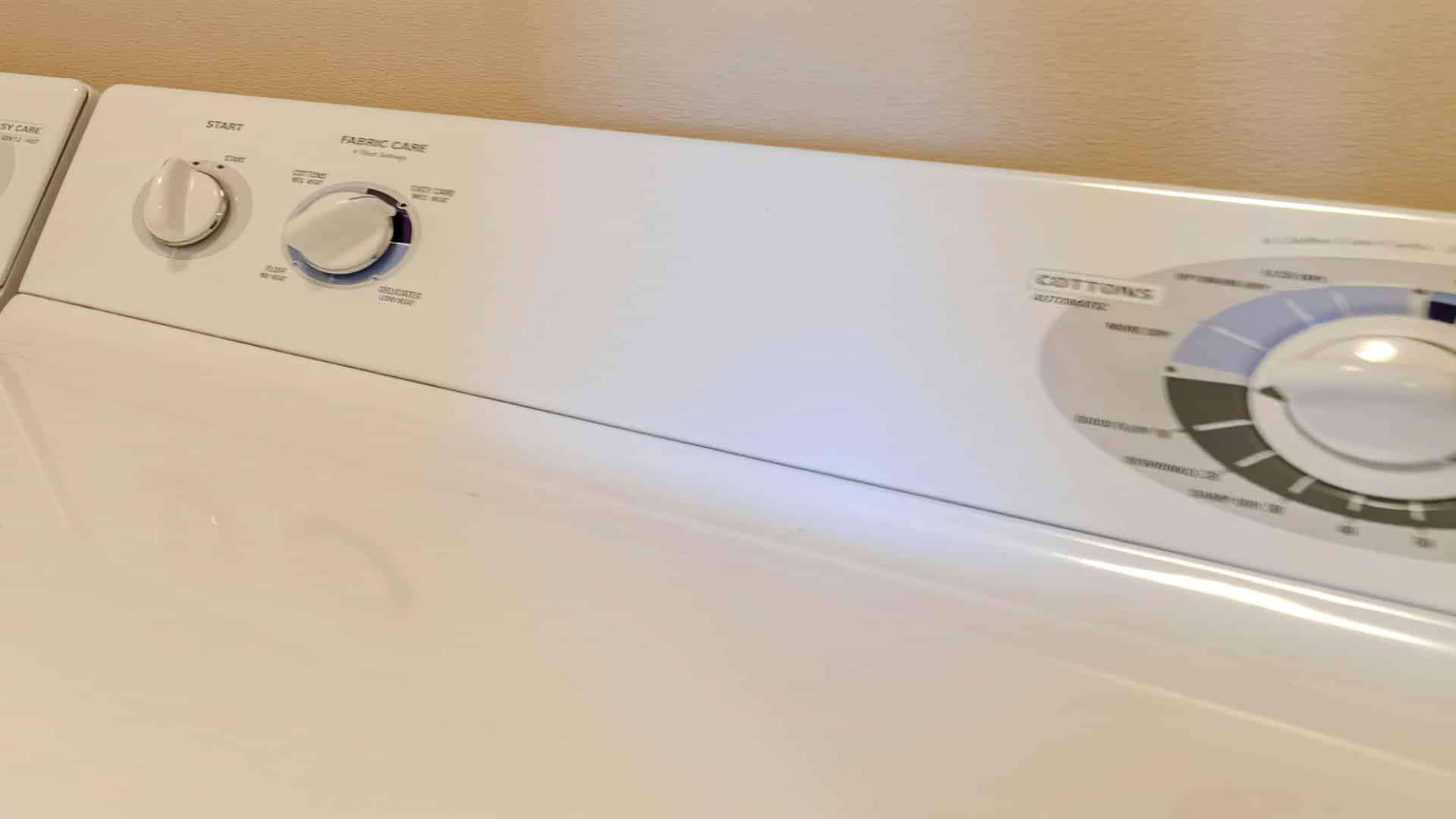
How to Fix a Squeaky Dryer (Step-by-Step)
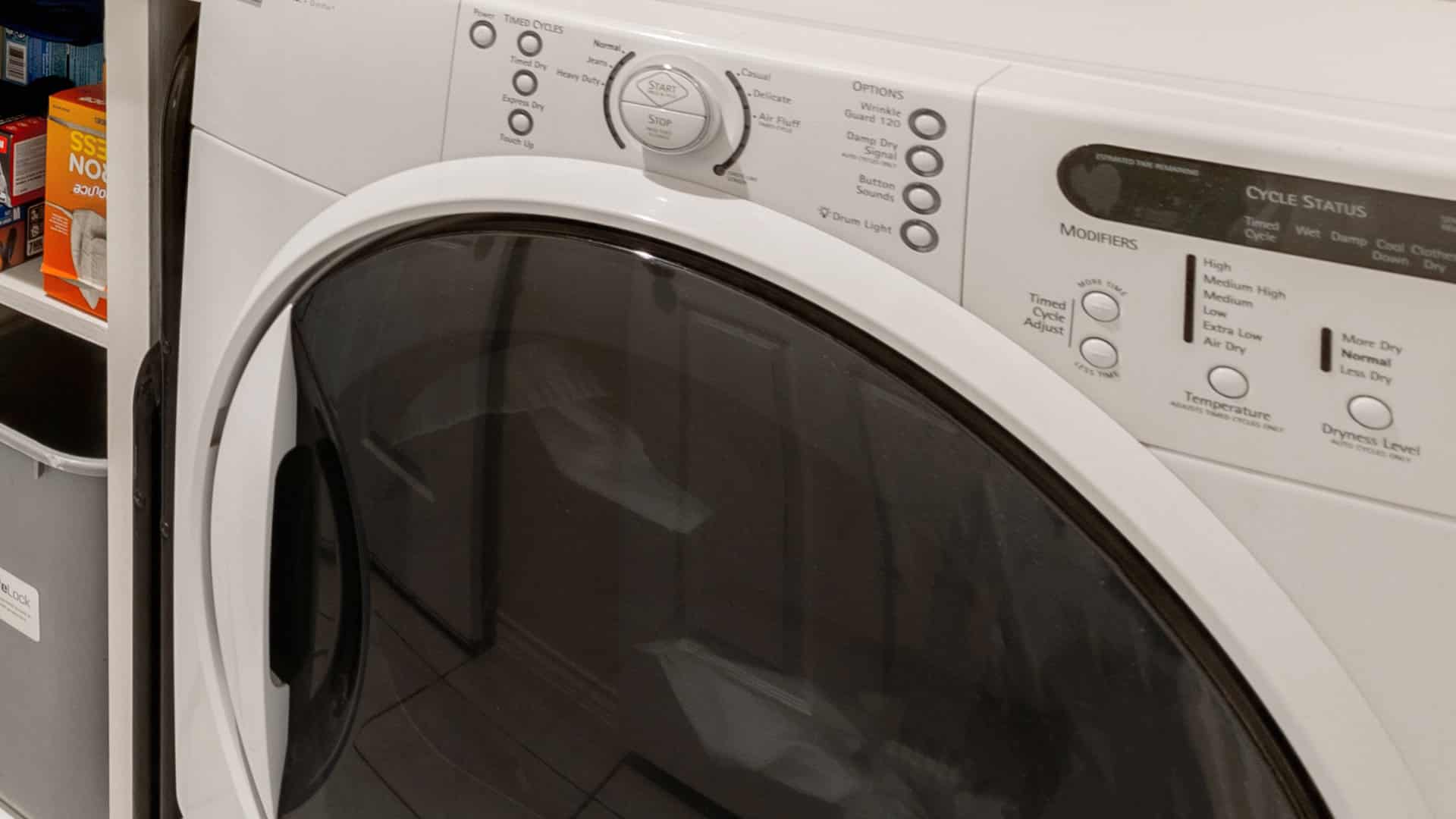
How To Remove Ink From Your Dryer

How To Fix an LG Microwave Not Heating
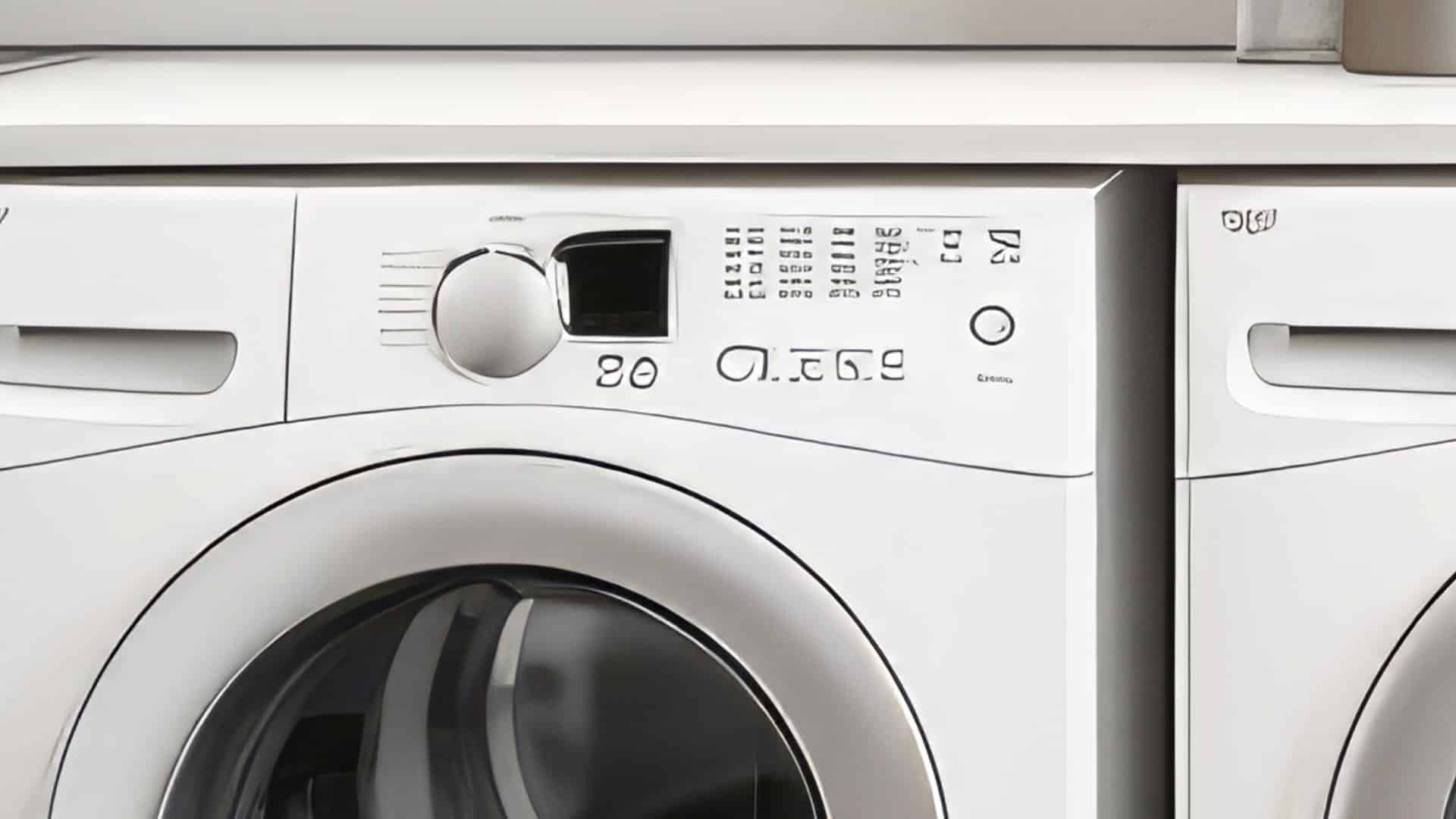
How To Fix a Maytag Washer Not Spinning
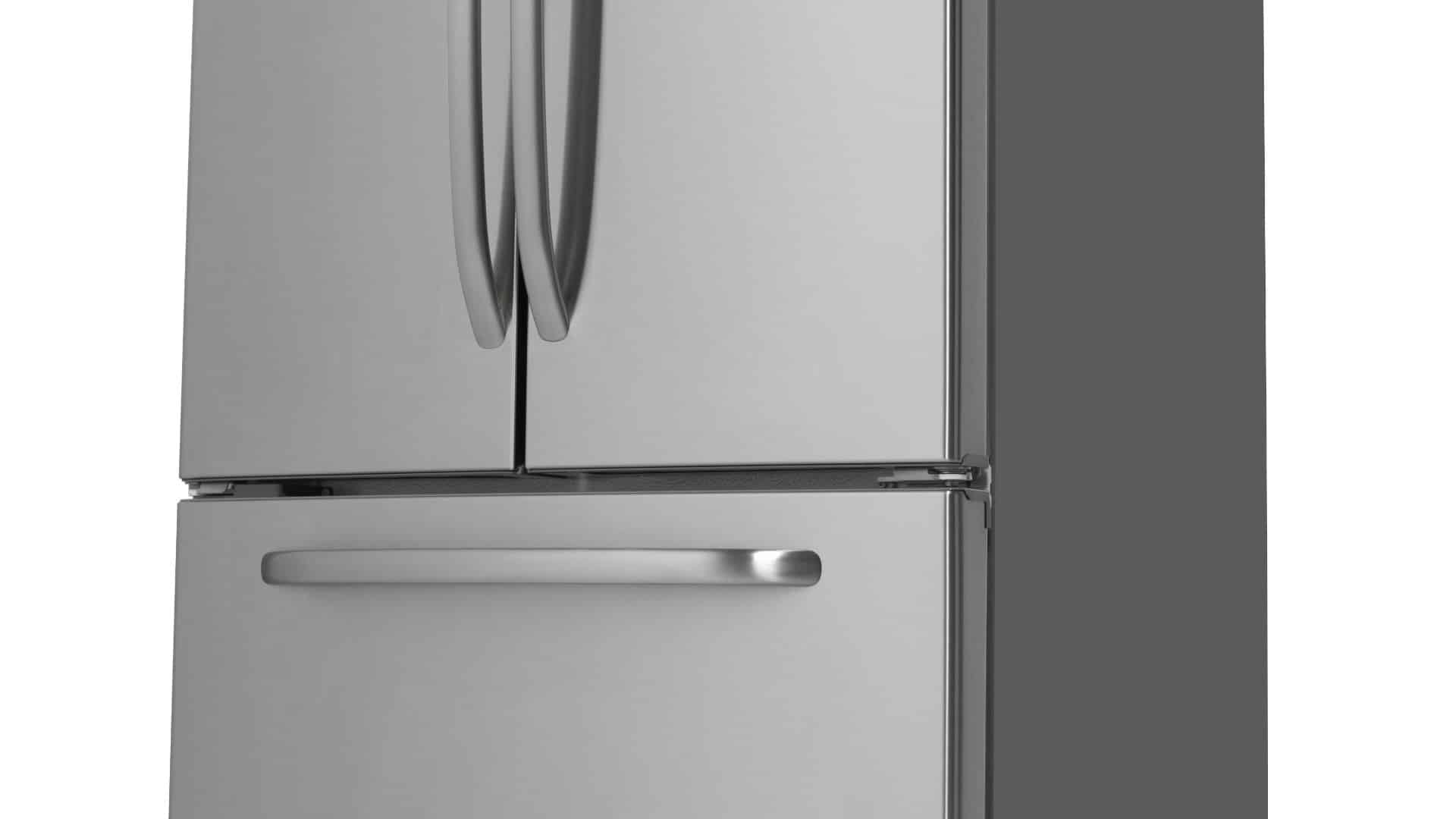
KitchenAid Refrigerator Not Making Ice? Here’s Why

Whirlpool Microwave Door Error: How to Fix It
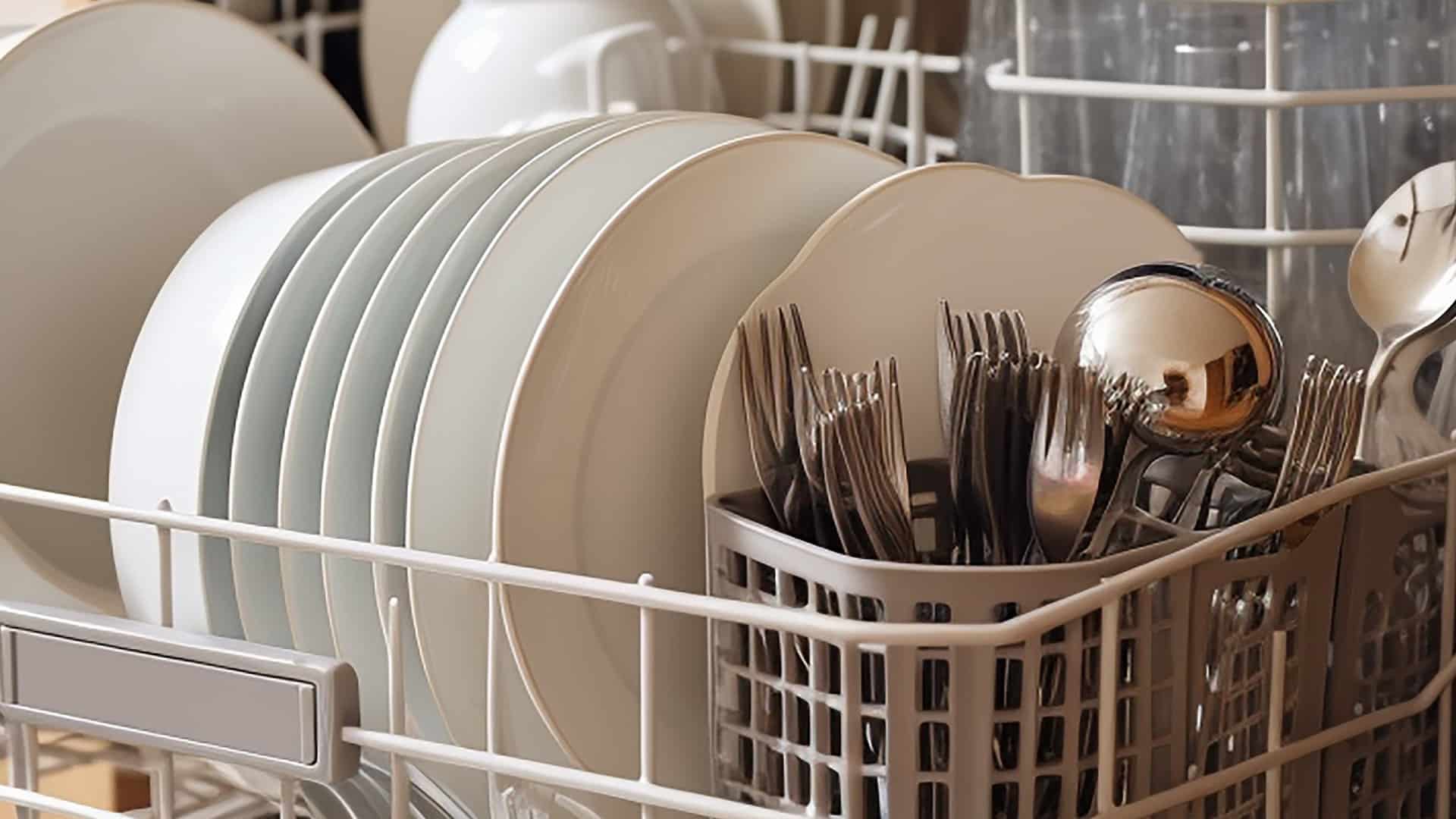
13 Things to Never Put in the Dishwasher
